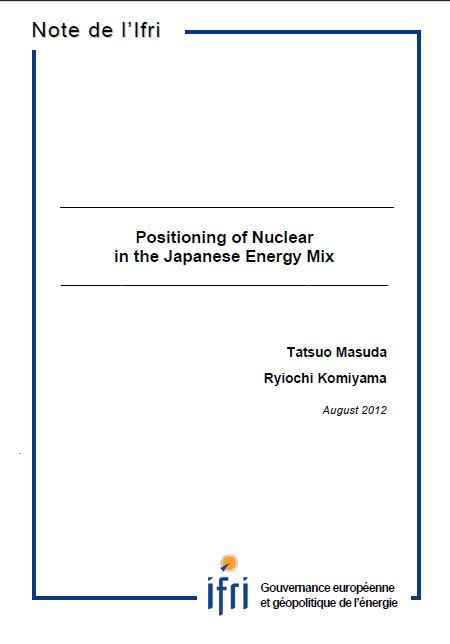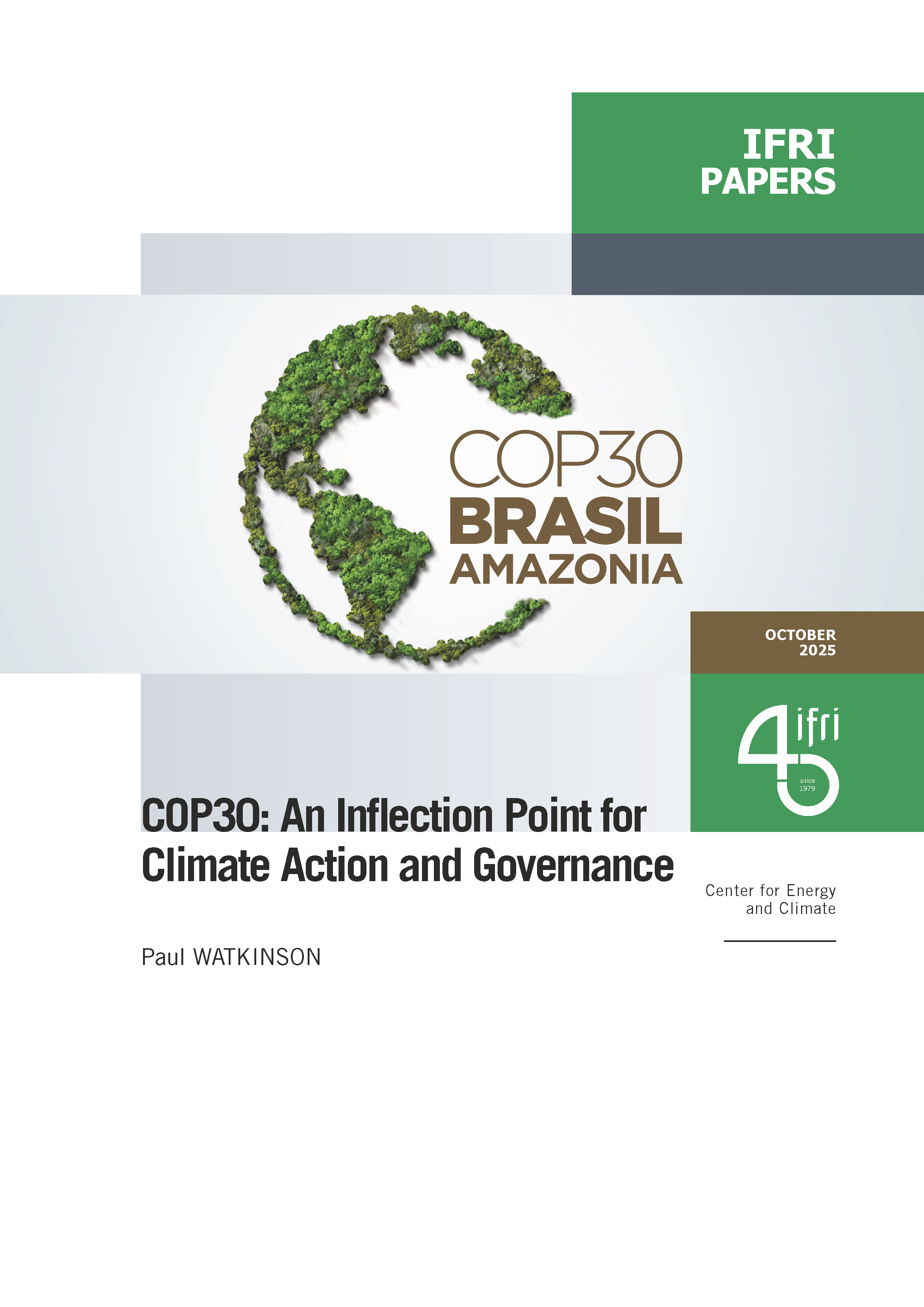Positioning of Nuclear in the Japanese Energy Mix

Nuclear fission was discovered in the late 1930s. The first application went towards military use, and gradually expanded to civil use such as power generation. Power generation gained importance in two stages: firstly, to shift away from oil in power generation after the oil shocks in the 1970s, and second, to arrest climate change due to CO2-free nature of nuclear power more recently. This typically applies to Japan, which has become the world third largest in nuclear power generation. However, nuclear power is violent by nature, and major accidents of nuclear power plants shook the public confidence in nuclear safety. Japan has been put into such situation in a most radical way due to the Fukushima nuclear disaster of March 2011.
This disaster may have its root causes in the history of nuclear development in Japan. Nuclear scientists failed to take the initiative in peaceful use of nuclear and lost the opportunity of making basic researches prior to the commercial introduction of nuclear power generation. Otherwise, safety issues could have been handled with greater care and “nuclear safety myth” could not have prevailed.
Today, the discussion is ongoing on how to position nuclear in the Japanese energy mix. Purely from economic viewpoint, due to the energy reality of Japan, it might be extremely difficult to sustain its economy without nuclear at least in short and medium term. However, the public opinions are divided with the vast majority in favor of zero-nuclear or decreased nuclear dependency.
In this context, employing an energy-economic model, an attempt was made to analyze Japan’s power generation mix in 2030 under possible nuclear scenarios and assessed the role of nuclear energy in its energy mix. A technical implication taken form this analysis is that, if intermittent renewables such as solar and wind may largely diffuse in power grid replacing nuclear power, output fluctuation from high penetration level of these energy sources will be comprehensively accommodated by quick load following treatment by natural gas combined cycle, coal-fired power and pumped-storage hydro. Accordingly it will be important to coordinate and optimize multiple measures dynamically, together with technological innovation, for the treatment of the intermittency of renewables.
A newly born “energy democracy” in the post-Fukushima era will have impact on the government’s decision on the future energy mix expected early in autumn. Whatever the decision might be, the Japanese energy structure has already started to change towards further energy saving and efficiency. This will ultimately lead to the development of “a new energy model”, which will benefit all over the world.

Available in:
Regions and themes
ISBN / ISSN
Share
Download the full analysis
This page contains only a summary of our work. If you would like to have access to all the information from our research on the subject, you can download the full version in PDF format.
Positioning of Nuclear in the Japanese Energy Mix
Related centers and programs
Discover our other research centers and programsFind out more
Discover all our analyses
Opening up the G7 to South Korea to Address Contemporary Global Challenges
The G7’s global influence has diminished as powers like China reshape international governance through initiatives such as BRICS and the Shanghai Cooperation Organisation (SCO). With the G7 now representing just 10 per cent of the world’s population and 28 per cent of global GDP, its relevance is increasingly questioned.
Expanding SPDMM as a pivotal institution in the Pacific – A French perspective
The South Pacific Defence Ministers’ Meeting (SPDMM) is the only forum that brings together defense ministers from the wider South Pacific — including Chile, which is hosting it for the first time. This heterogeneous group of countries with varying resources, capacities, and interests — Australia, Chile, Fiji, France, New Zealand, Papua New Guinea (PNG), and Tonga — are united by their shared determination to strengthen cooperation on maritime security and humanitarian assistance and disaster relief (HADR) activities.
EU’s Derisking From China: A Daunting Task
With economic security as a major concern, the EU has recently turned to “derisking” from China. The EU strategy entails reducing critical dependencies and vulnerabilities, including in EU supply chains, and diversifying where necessary, while recognizing the importance and need to maintain open channels of communication.
Sri Lanka’s NPP Government. From System Change to Structural Compliance
In September 2024, a relative outsider to Sri Lanka’s two-party-dominated political system, Anura Kumara Dissanayake, won the presidential elections. The anti-establishment, populist movement he represented, the National People’s Power (NPP), went on to receive an overwhelming mandate in the November 2024 general elections, winning 159 seats in a 225-member parliament.








